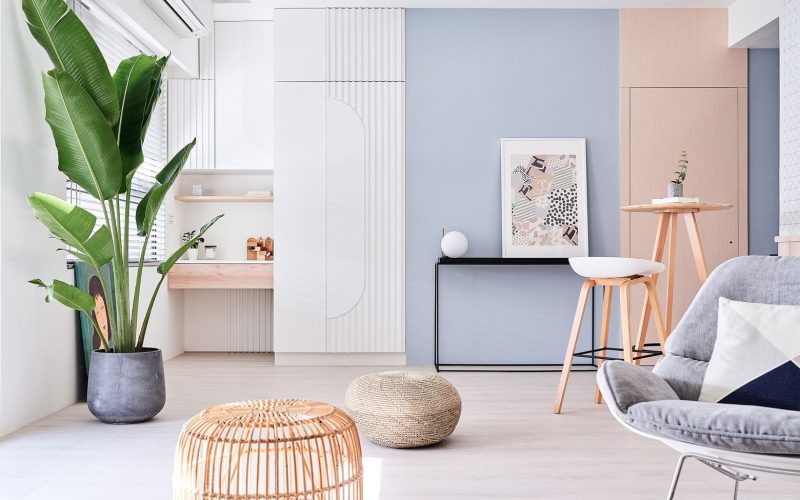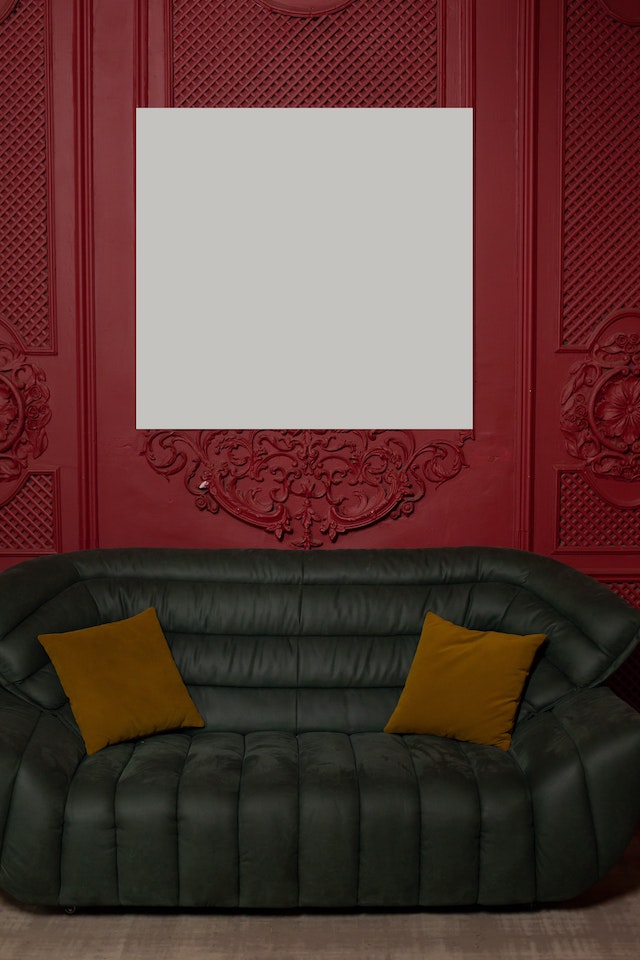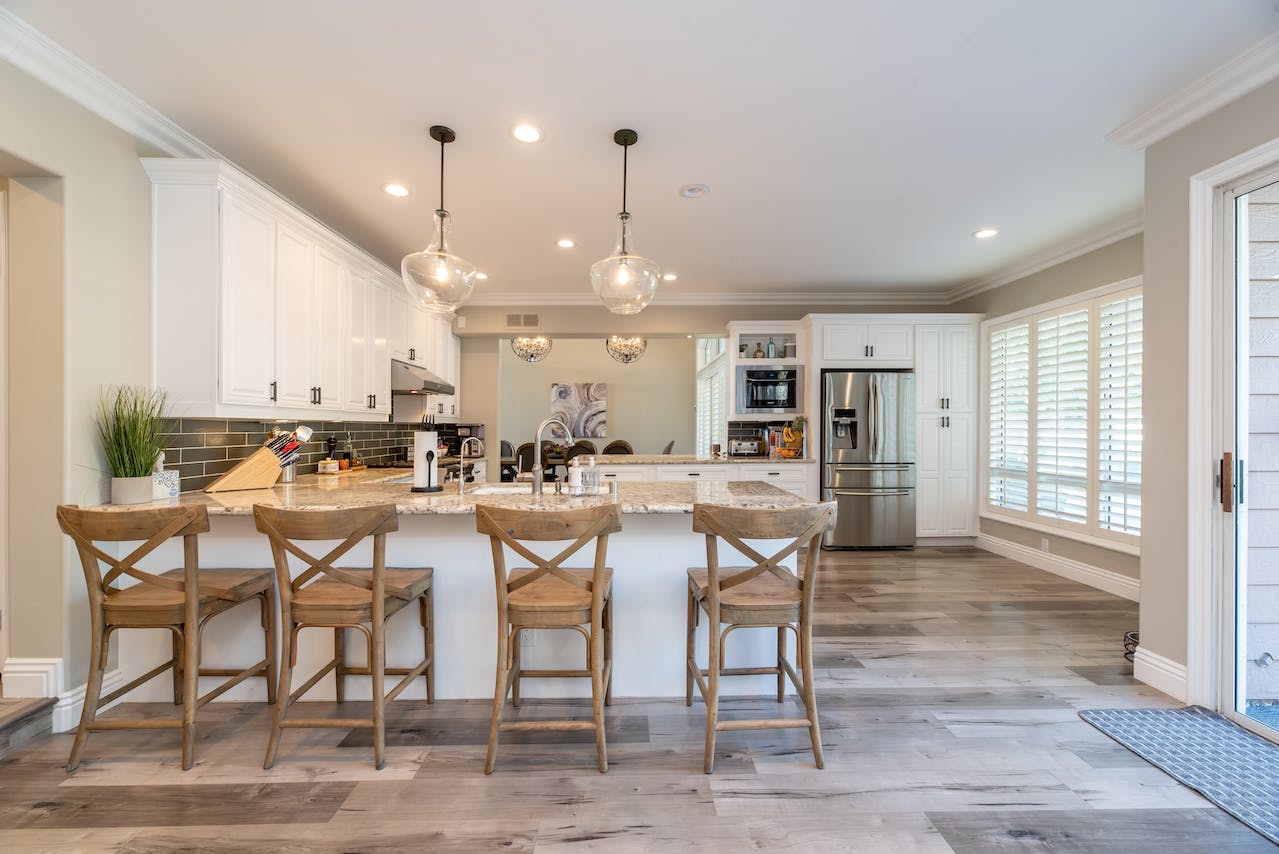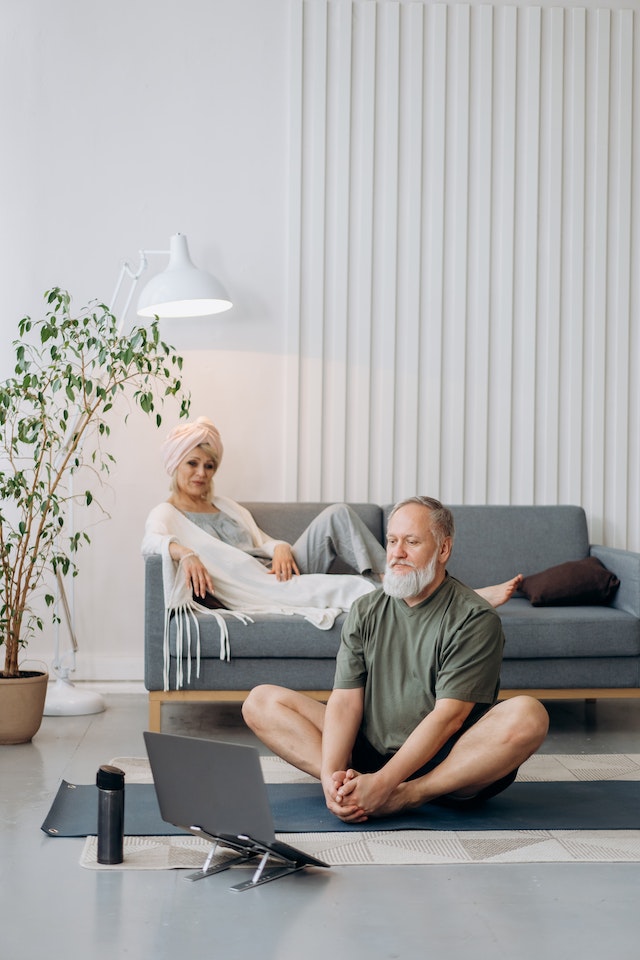Introduction
Minimalist home decor has become increasingly popular in recent years, offering a serene and clutter-free aesthetic that promotes simplicity and functionality. Embracing minimalism in interior design involves creating spaces that are clean, uncluttered, focused on essential elements. In this article, we explore the latest trends in minimalist home decor that are redefining modern living spaces and inspiring a sense of calm and balance.
Top Trends in Minimalist Home Decor
1. Neutral Color Palettes
Neutral color palettes are a hallmark of minimalist home decor, creating a calming and cohesive atmosphere in living spaces. Shades of white, beige, grey, and soft pastels dominate minimalist interiors, allowing natural light to fill the room and highlighting the simplicity of form and texture in furniture and decor elements.
Neutral tones form the backbone of modern minimalism. Think whites, beiges, soft grays, and warm taupes. These shades reflect natural light, making rooms feel larger and brighter. A neutral palette also lets you swap accent pieces—like a throw pillow or artwork—without needing a full redesign. To avoid a bland look:
- Mix different neutrals for subtle contrast.
- Use textures (linen, wool, wood) to add depth.
- Add one muted color accent, such as olive green or dusty pink, for personality.
2. Clean Lines and Simple Silhouettes
Minimalist home decor favors clean lines and simple silhouettes in furniture and accessories. Streamlined designs, geometric shapes, and unadorned surfaces contribute to the sleek and modern aesthetic of minimalist interiors, emphasizing form and function over intricate details.
3. Functional Furniture Pieces
In minimalist home decor, furniture serves a dual purpose of functionality and style. Multi-functional pieces such as modular sofas, storage ottomans, and extendable dining tables are popular choices for optimizing space and maintaining a clutter-free environment in minimalist interiors.
4. Statement Artwork and Sculptures
While minimalist decor tends to be understated, incorporating statement artwork and sculptures can add visual interest and personality to a space. Selecting a focal point piece, whether it’s a bold painting, a striking sculpture, or a gallery wall of black and white photographs, can elevate the minimalist aesthetic and create a sense of individuality.
5. Natural Materials and Textures
Bringing nature indoors is a key trend in minimalist home decor, with an emphasis on using natural materials and textures. Wood, stone, rattan, and linen are commonly used to create warmth and tactile appeal in minimalist spaces, adding depth and character to the neutral color palette.
Bringing the outdoors in adds warmth to a minimalist space. Natural materials like wood, stone, and leather pair beautifully with simple designs. Key elements include:
- Reclaimed Wood: For beams, flooring, or accent walls.
- Stone Details: Marble countertops or pebble tile backsplashes.
- Woven Textiles: Jute rugs, cotton throws, and linen pillows.
These textures create a tactile experience, making a minimal room feel cozy rather than cold.
6. Decluttered Surfaces and Open Spaces
A fundamental principle of minimalist home decor is to eliminate clutter and maintain open spaces throughout the home. Clearing surfaces of unnecessary items, investing in smart storage solutions, and organizing belongings out of sight contribute to a sense of tranquility and balance in minimalist interiors.
7. Indoor Plants and Greenery
Introducing indoor plants and greenery is a popular way to add life and vibrancy to minimalist home decor. Potted plants, succulents, and herb gardens bring a touch of nature indoors, purifying the air, enhancing visual interest, and infusing a sense of serenity into minimalist living spaces.
8. Layered Lighting Design
Lighting plays a crucial role in minimalist home decor, with a focus on layered lighting design to create ambiance and highlight key areas within a space. Combining natural light, overhead fixtures, task lighting, and accent lighting allows for flexibility in setting the mood and enhancing the aesthetic appeal of a minimalist interior.
Good lighting shapes mood and function:
- Layered Lighting: Combine overhead fixtures, task lights, and accent lamps.
- Warm LEDs: Soft white light for living areas; cooler light for workspaces.
- Dimmers: Adjust brightness for different times of day and activities.
- Highlight Features: Use spotlights on art or architectural details.
Proper lighting makes a minimal room feel inviting rather than stark.
9. Monochromatic Color Schemes
Monochromatic color schemes are a popular choice in minimalist home decor, offering a cohesive and harmonious visual effect throughout a space. Layering varying shades of a single color, such as shades of grey, blue, or blush pink, creates a sense of depth and sophistication in minimalist interiors.
10. Mindful Consumption and Sustainability
A growing trend in minimalist home decor is embracing mindful consumption and sustainability in design choices. Opting for eco-friendly and ethically sourced materials, supporting local artisans, and investing in quality pieces that stand the test of time align with the principles of minimalist living and promote a more conscious approach to home decor.
Conclusion
Minimalist home decor continues to be a popular choice for those seeking simplicity, functionality, and tranquility in their living spaces. By incorporating neutral color palettes, clean lines, functional furniture pieces, and natural elements, minimalist interiors create a calming and harmonious environment that prioritizes essentials and eliminates distractions. Embracing the latest trends in minimalist home decor allows individuals to create stylish, modern, and purposeful living spaces that reflect their minimalist lifestyle and commitment to simplicity and balance.









